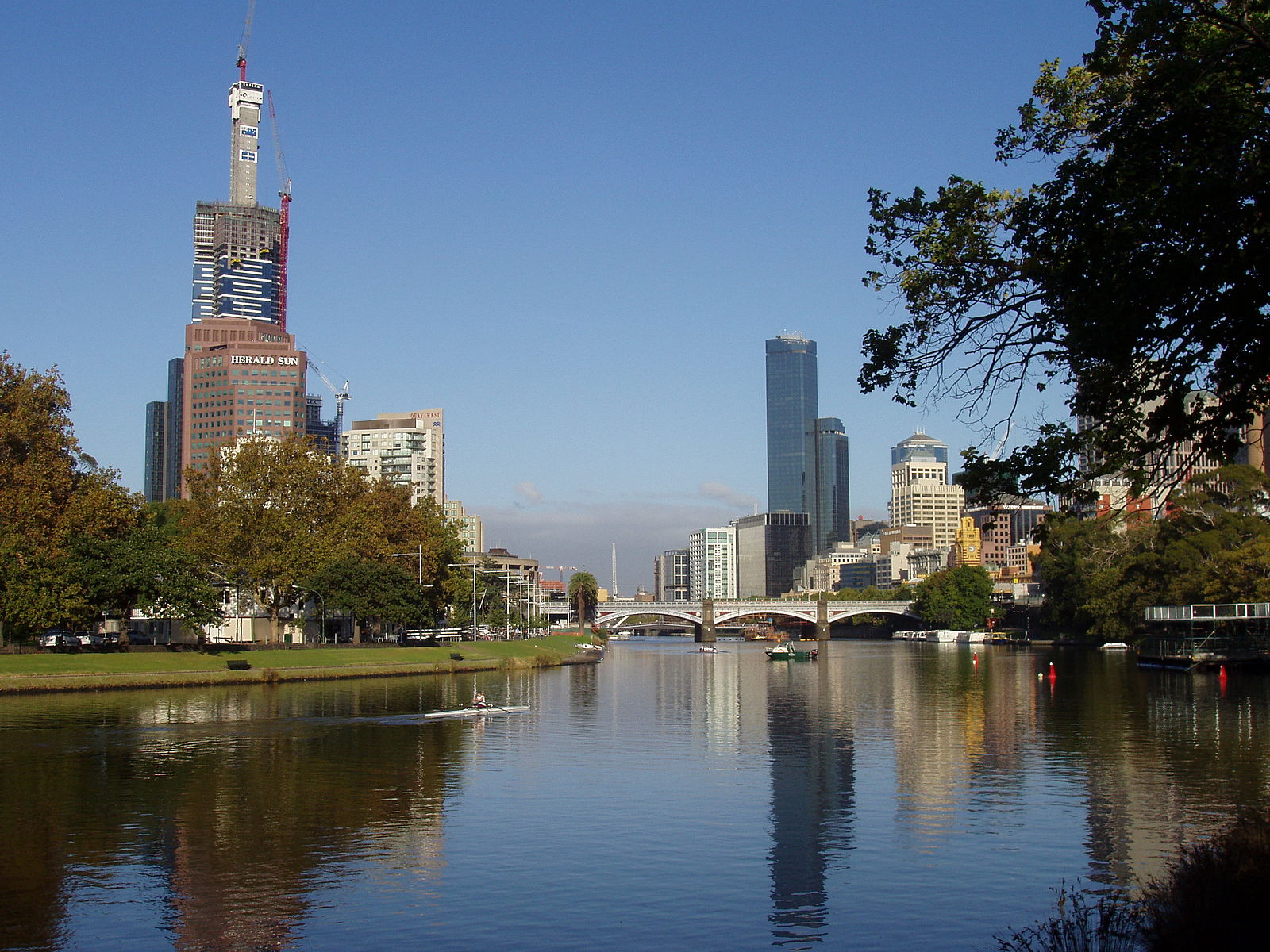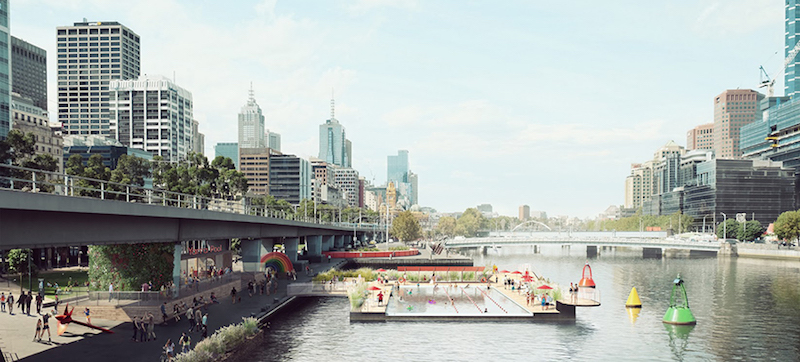Rivers are often times the more utilitarian of the different types of bodies of water. Oceans and lakes are thought of as fun places to partake in water sports, go for a swim, or just relax on their sandy beaches, and ponds are seen as serene and relaxing spots to go fishing or to sit back and enjoy the wildlife. Meanwhile, rivers are often viewed as the highways of the water world; they are connectors and pathways to something bigger and better. Boats and barges travel up and down them as they make their way to or from an ocean or lake leading to heavy traffic and plenty of pollution.
Sure, maybe we walk along riverwalks or enjoy lunch on an outdoor patio where the rushing water can be heard, but, thanks to the heavy water traffic and pollution, rivers are often only enjoyed as ambiance, not as a place to actually take a dip and cool down on a hot summer day.
Some cities, however, are trying to return these heavily polluted and trafficked rivers back into swimmable destinations for the enjoyment of locals and visitors alike. New York has a proposed floating pool for one of its rivers and river pools already exist in cities like Zurich, Berlin, and Paris, and now, the Yarra River in Melbourne, Australia is looking to join this list.
According to inhabitat.com, the non-profit organization Yarra Swim Co. is looking to make the heavily polluted Yarra River swimmable once more. One of the first major steps they are taking to achieve this goal is to work with Arup to develop a Yarra River pool. While, technically, swimming in the pool wouldn’t be the same thing as swimming in the Yarra, it would be the first step in bringing swimming back to the waterway.
The plans call for a self-contained pool that floats in the Yarra River, however, Arup and Yarra Swim Co. are looking into ways to filter and clean the surrounding water so that it can be used to supply the water in the pool, which is kind of like swimming in the river itself, right? Currently, Arup says there is a patent pending for this type of technology.
Yarra Swim Co. hopes the pool will help to change public opinion about the polluted waterway and be the push needed to rally people around the idea of cleaning the river for good. Ultimately, Yarra Swim Co. hopes the river can be cleaned thoroughly enough so the race to Prince's Bridge, which was once one of the largest swimming competitions in the world, can once again be held.
Funds to build the pool, which, in Australian dollars would cost around $6 and $8 million, may be raised through a combination of crowdfunding, sponsorships, and grants. If all goes according to plan, the pool could be open to the public by 2019 or 2020.
So while people may not be swimming in the Yarra anytime in the near future (at least, not without imbibing in a few rounds of liquid courage first), the pool, especially if the patent pending technology works, could be the first step in the overall process of making the Yarra River swimmable once again.

Related Stories
| Mar 1, 2012
Bomel completes design-build parking complex at U.C. San Diego
The $24-million facility, which fits into a canyon setting on the university’s East Campus, includes 1,200 stalls in two adjoining garages and a soccer field on a top level.
| Feb 24, 2012
Skanska hires Tingle as senior VP and national director for its Sports Center of Excellence
Tingle has worked in the architecture and construction industries for more than 30 years, and for the last 23 years, he has focused primarily on large-scale sports construction projects
| Feb 2, 2012
Shawmut Design and Construction launches sports venues division
Expansion caps year of growth for Shawmut.
| Jan 31, 2012
Fusion Facilities: 8 reasons to consolidate multiple functions under one roof
‘Fusing’ multiple functions into a single building can make it greater than the sum of its parts. The first in a series on the design and construction of university facilities.
| Nov 29, 2011
SB Architects completes Mission Hills Volcanic Mineral Springs and Spa in China
Mission Hills Volcanic Mineral Springs and Spa is home to the largest natural springs reserve in the region, and measures 950,000 sf.
| Nov 11, 2011
Streamline Design-build with BIM
How construction manager Barton Malow utilized BIM and design-build to deliver a quick turnaround for Georgia Tech’s new practice facility.
| Nov 9, 2011
Sika Sarnafil Roof Recycling Program recognized by Society of Plastics Engineers
Program leads the industry in recovering and recycling roofing membrane into new roofing products.
| Nov 1, 2011
Sasaki expands national sports design studio
Sasaki has also added Stephen Sefton to the sports design studio as senior associate.
| Oct 20, 2011
UNT receives nation’s first LEED Platinum designation for collegiate stadium
Apogee Stadium will achieve another first in December with the completion of three wind turbines that will feed the electrical grid that powers the stadium.

















